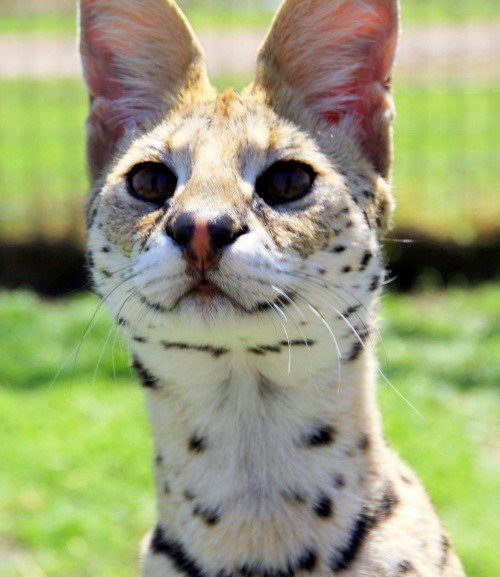If you click on the link immediately above you will be taken to a comprehensive page about rare cat breeds. The assessment of what is and what isn't a rare cat breed is based upon common sense principles. I have focused on all the mainstream cat breeds and more besides. However, it is impossible to include every single cat breed on the page in question because over the years you find out more about cat breeds and that means updating the original page which you don't do and so on and so forth.
There are, on my assessment about 104 breeds of cat. You often see people quoting a much lower figure but actually the figure is probably higher than my estimation. There are, though, only about 40 or so mainstream cat breeds and these are recognised by the Cat Fanciers' Association.
Many cat breeds are never developed to full fruition. They simply stayed at the early developmental stage and then fizzled out. It could be said that these are the rarest cat breeds of all but where do you stop? I don't think you can include a breed of cat that has half a dozen cats in it and which has now fizzled out.
The greatest difficulty I had an preparing the page on rare cat breeds was in deciding what a cat breed is. We know that in America cats have to be registered with a cat Association in order to be accepted as a breed but in truth there are cats in countries where there are neither cat associations nor pedigree cats where you will find true purebred cats unmodified by any cat fancy breeder. These are the purest of the purebred cats but they are totally a recognised in the West.
An example would be the real Turkish Van and Turkish Angora in Turkey. It is that kind of problem which presents about to a page about rare cat breeds.
So which are the rarest cat breeds? Like I said, if you click the link at the top of this page you will see the full story but just below is a short list of the cats that I consider to be rare:
- Tiffany
- Burmilla
- Skookum
- California Spangled (any left?)
- German Rex
- Kurilian Bobtail
- Elf Cat
- Lambkin
- Napoleon
- Ojos Azules
- Serengeti
- Sokoke
- Kinkalow
- Minskin
You can see pictures of these rare cat breeds together with a full narrative on the main website. You could start on this page. If you can't find the cat in the list simply search for it using Google custom search on the website.























